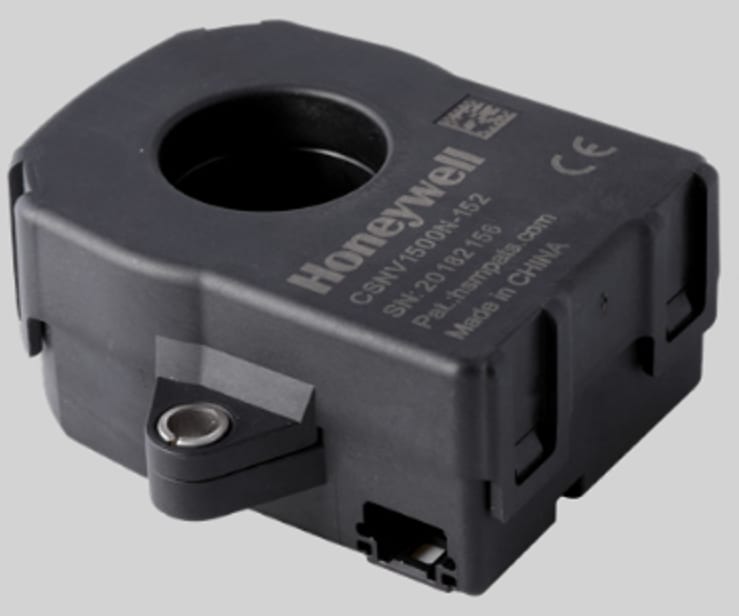OSUWE2010
Structural
- Jul 15, 2010
- 18
We have a very large built up girders that had some large holes drilled into the flanges which are 3" plates, A572, Gr. 50 steel. The problem we are running into is that these holes that were drilled into the flanges were too big and revised to a smaller size. So now after fit up of the girder, including pre heating of the flange and web for welding, we are filling up the holes and when we try to re-drill the hole our drill bit is unable to do so. Any ideas why this is occuring and what can we do to prevent this or even fix it? Our guess would be hardening has occured through the preheating process along with welding of the web to flange with sub arc, and now after filling the hole even more heating up and cooling down has occured. If anyone has any ideas let me know. Thanks everyone!




